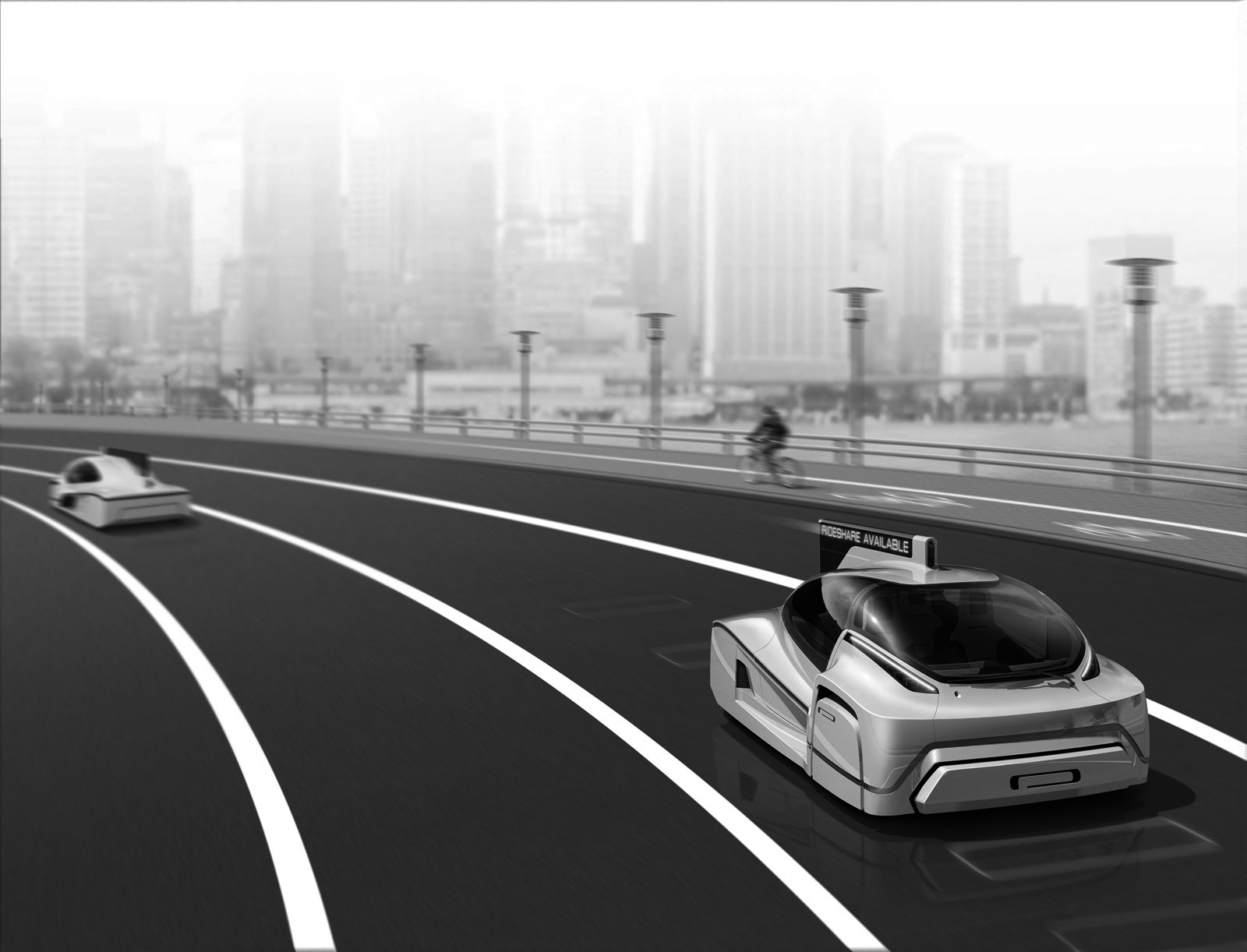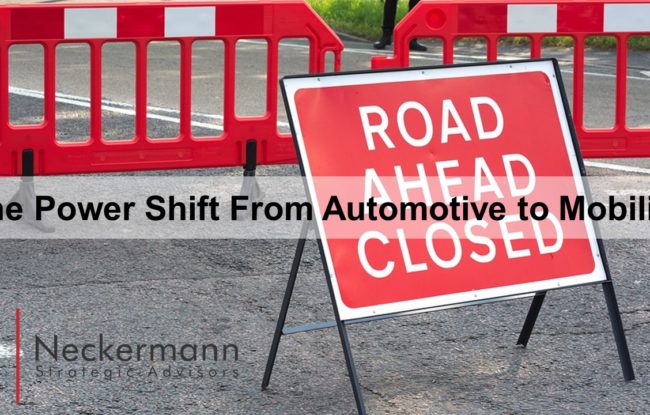FIVE QUESTIONS FOR… NEIL ZELLER, INVESTOR AND ADVISOR IN URBANTECH
We are sharing excerpts from our new book, Smart Cities, Smart Mobility: Transforming the Way We Live and Work. Here, Neil Zeller shares with us what makes a Smart City, well…, smart.
How would you define a ‘smart city’?
Smart cities proactively seek to identify, test and advance technology-driven solutions to those problems that challenge and threaten quality of life for residents, reduce attractiveness for businesses, and undermine the ability to absorb anticipated population increases. They continually examine and question the traditional regulatory frameworks and move towards developing regimes conducive to attracting entrepreneurs and investors. They move quickly and accept that some initiatives won’t succeed. They work to educate the community and gain support and understanding for those unfamiliar products, services and activities that stir fears and – in some cases – cause disruption for constituents. They pursue knowledgewidely from other cities around the world, learning from successes and failures, and incorporate input from leading experts in forming policies and initiatives.
Power is less important than vision.
What changes to city infrastructure do cities need to make to meet the future mobility and liveability needs of their citizens?
Transportation infrastructure of cities needs to be completely reimagined if the intent is to halt the ever-increasing bottlenecks, delays, friction, costs and irritation that are becoming hallmark. Incremental improvements won’t keep up with the problem. Most city transportation infrastructure was conceived during the rise of suburban living, with individuals driving to and from city centres, and commercial products distributed by truck, typically at any time. Maximum capacity has been exceeded already at many main thoroughfares and arteries. Reimagining transportation means taking a pedestrian-centric approach with car-free zones, enabling seamless transition between mobility modes, separating paths and infrastructure for commercial traffic, integrating accommodation for shared mobility, autonomous vehicles, and last-mile solutions (bikes, scooters, shared ride vehicles, etc.), and widely accessible charging infrastructure. In many cases it also means modernising and expanding light rail, subway and bus transit systems.
Will such transformation of cities require more powerful mayors, more powerful local authorities? Or the opposite – a complete opening up of city infrastructure to private companies and start-ups to operate and innovate?
Power is less important than vision, influence and political skill to forge transformation out of hard-entrenched competing interests. Leadership needs to paint a picture and repeatedly sell the benefits of imagining a new innovative future. The biggest pain points, which may only be beginning to be evident today, need to be envisioned exponentially worse in order to effect action – the challenge is that they require spending now, which in turn causes roadblocks to more long-term city planning. Big things require champions with leadership ability in both the public and private sectors, working collaboratively and persistently. Both sides need to take risk; political on one hand, and financial on the other, to make it happen.
Do we need to change public perception and public interest, for truly intelligent cities to win public support?
There are always early adopters of new and unproven solutions who are willing to spend more and receive less for the thrill of engaging, leading, testing, and experiencing what others haven’t. These are small but crucial groups that help spark innovative trends. But ultimately products and services have to meet real needs and make economic sense. Consumers and businesses are rational.
Who can take the lead in making the necessary investments – local or national governments? private companies? Who reaps the benefits?
The local benefits substantiate local city and business investment. But the scale of capital needed for truly transformative smart city infrastructure calls for national commitment. Looking at the issues more broadly across cities (i.e. from a national perspective in any country) allows for enhanced purchasing power, knowledge sharing, and collaboration. A key benefit is to help cities become and remain competitive in the global marketplace for the best and brightest people and companies.





